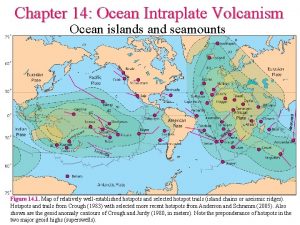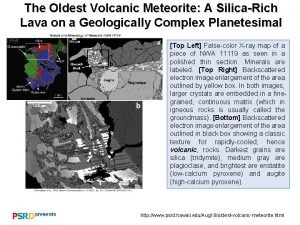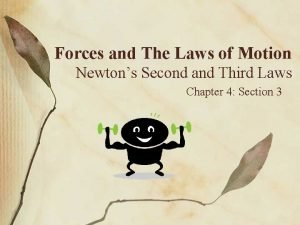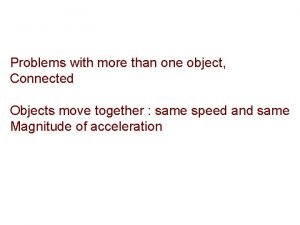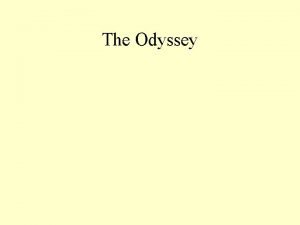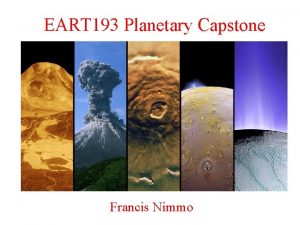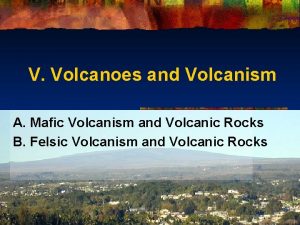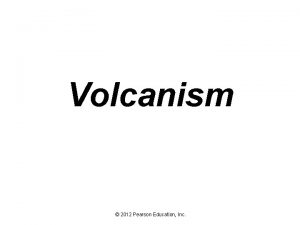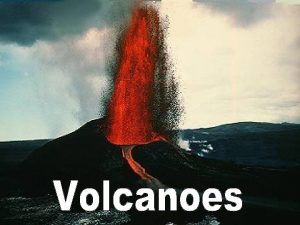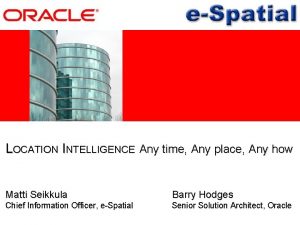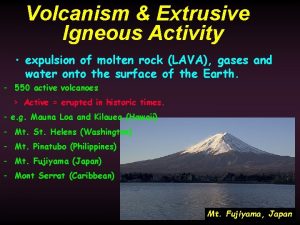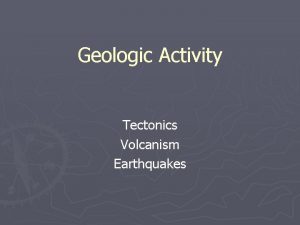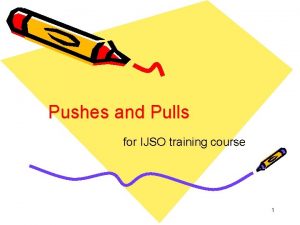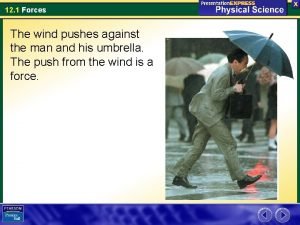Volcanism What is volcanism Any activity that pushes



















- Slides: 19

Volcanism

What is volcanism? Any activity that pushes magma to the Earth’s surface Magma leaks out through cracks called vents.

Volcano A volcano is an opening, or vent, in Earth’s surface (crust), which allows hot magma, ash and gases to escape from below the surface.

Where are volcanoes located? Most near convergent or divergent zones

Subduction Zone Volcano forms on the edge of the land plate Ex- Cascades (Mt. St. Helens)

Oceanic-Oceanic Zone Lava builds up a chain of islands called an island arc


Mid-Ocean Ridges Plates are pushed apart with lava escaping through cracks called fissures.

Mantle plumes and hotspots Mid-plate volcanism centered on mantle plumes Mantle plumes - columnar areas of magma that arise from deep within the mantle

Hotspots – areas where mantle plumes come to the surface Plates move over hotspots which causes volcanoes on sea floor to occur in sequence Island chains record plate motion Ex. Hawaii

Fig. 3 -32

Hotspots can also be found in continents – Ex. Yellowstone Few occur near mid-ocean ridge Ex. Iceland

Tectonic Settings and Volcanic Activity

Types of Eruptions Effusive (Quiet): eruption that is quiet and has lots of “flowing” lava Happen often Ex: Hawaii volcanoes Explosive: eruption that sends lava and ash high into the sky Long time between eruptions Mt. St. Helens

Pyroclastic Material (Tephra) Rock material that is ejected from an explosive eruption of a volcano Can be different sizes From volcanic dust to volcanic bombs larger than houses


Landforms from Volcanoes Craters: (1 km or less in diameter) bowl-shaped depression at the top of a volcano around the vent. Form when material gets blown out of the volcano from an explosion

Landforms from Volcanoes Caldera: large (up to 50 km in diameter), “bowl-shaped” depression in the top of a volcano Form when the summit or side of a volcano collapses into the magma chamber Can fill with water and form beautiful lakes

Crater Lake
 Intraplate volcanism
Intraplate volcanism Meteorite
Meteorite Tìm vết của đường thẳng
Tìm vết của đường thẳng Sau thất bại ở hồ điển triệt
Sau thất bại ở hồ điển triệt Thơ thất ngôn tứ tuyệt đường luật
Thơ thất ngôn tứ tuyệt đường luật Hãy nói thật ít để làm được nhiều
Hãy nói thật ít để làm được nhiều Thơ thất ngôn tứ tuyệt đường luật
Thơ thất ngôn tứ tuyệt đường luật Tôn thất thuyết là ai
Tôn thất thuyết là ai Ngoại tâm thu thất chùm đôi
Ngoại tâm thu thất chùm đôi Walmart thất bại ở nhật
Walmart thất bại ở nhật Gây tê cơ vuông thắt lưng
Gây tê cơ vuông thắt lưng Block xoang nhĩ ecg
Block xoang nhĩ ecg Seknder
Seknder No, there aren't
No, there aren't Any to any connectivity
Any to any connectivity W= fxd
W= fxd Baseball pushes glove leftwards
Baseball pushes glove leftwards If a neighbor pushes a lawnmower four times
If a neighbor pushes a lawnmower four times A person pushes on a stationary 125 n box
A person pushes on a stationary 125 n box A storm pushes odysseus to the island of the lotus-eaters
A storm pushes odysseus to the island of the lotus-eaters
